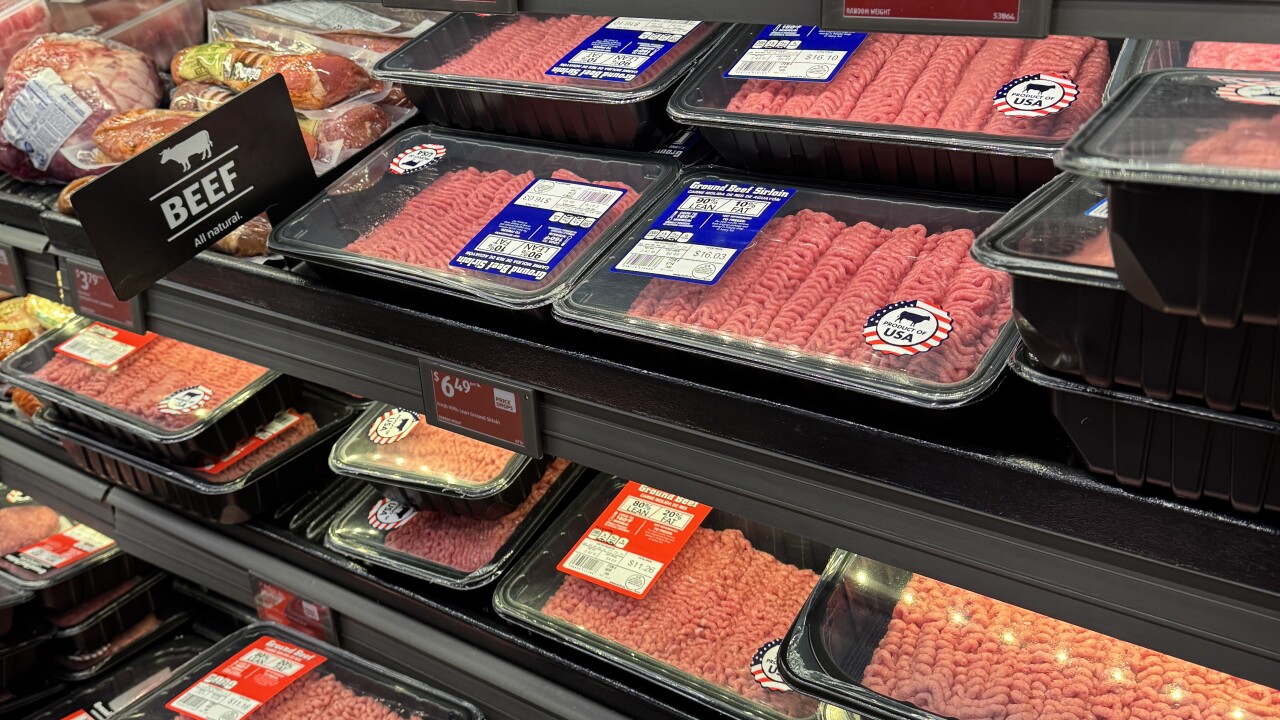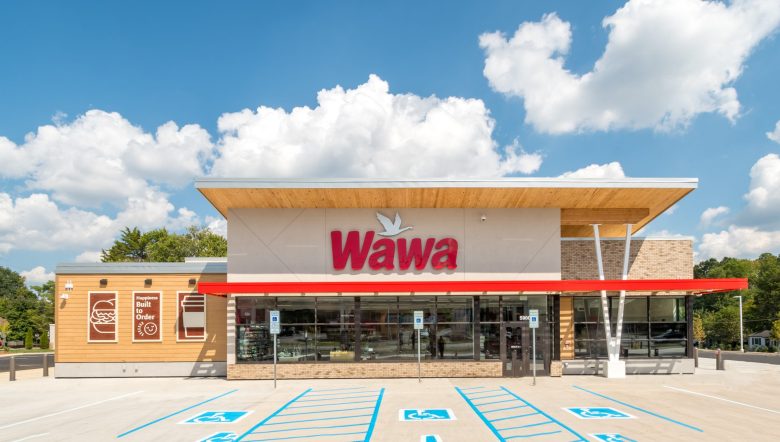Cincinnati With ground beef now averaging more than $6 per pound countrywide, meat prices are reaching all-time highs. Experts predict that the price increase will last for at least two years.
According to Ohio State Field Specialist Garth Ruff, a number of variables are contributing to these increases, including the smallest herd of beef cows in more than 60 years and growing feed prices.
WATCH: Where Tri-State Grocers Sells the Cheapest Beef
Why beef prices are climbing
According to Ruff, a major decrease in the availability of cattle is one of the main reasons for the price increase.
“We’ve got the smallest beef cow herd in over 60 years, a lot of that due to drought in 2021, 2022 in big cow calf producing states,” Ruff stated.
The last six months have seen a particularly apparent increase in the price difference between beef and other proteins, such as chicken and pork, as a result of this supply shortfall.
“We’ve seen that margin between beef and pork and beef and chicken widen,” Ruff stated. “Previously, those margins were fairly constant, dating back to around 2015.” This significant increase over the past six months, in my opinion, has been particularly apparent on the beef side.
Current beef pricing
The average amount of ground beef consumed nationwide has increased dramatically, with premium cuts experiencing even more dramatic increases.
“Ground beef today, national average is over $6 a pound, almost $6.50; steaks, depending on the cut, over $12 on average,” Ruff stated.
Local price comparison
I looked up the costs of ground beef at the largest supermarkets in the Tri-State region, Meijer, Aldi, Kroger, and Walmart:
- Current average price: $6.75 per pound for ground beef
- Best value: Meijer at $5.49 per pound
Over the course of the 11 weeks that we have been tracking supermarket pricing, Meijer has continuously maintained the lowest costs for ground beef.
When will prices come down?
Regretfully, customers shouldn’t anticipate any immediate respite. Any increase in supply will take years to reach the market due to the breeding and growing of cattle.
“The thing to keep in mind is if we breed that cow or that heifer today … we’re not gonna change her gestation,” Ruff stated. “That animal will need to be fed for another 15 months after that, which will be nine months. It will likely be two years before there is a significant shift in supply.
“Unless some things happen that are out of our control, I look for cattle and beef prices to be relatively steady for the next two years,” Ruff said in response to a question about whether prices will follow the same schedule.
What caused the cattle shortage?
Severe weather conditions that impacted major beef-producing regions are to blame for the sharp decline in cattle herds.
“The drought in 2021, 2022 really hit Texas, Missouri, some of the plains states,” stated Ruff. “They had to cull a bunch of mama cows essentially out of the herd because they simply didn’t have the feed to feed and maintain those cows.”
Even though cattle prices are high right now, a number of issues are keeping ranchers from rebuilding their herds.
“When the cattle prices are as high as they are today, there’s really not a whole lot of incentive for these folks to put heifers back in the herd when every calf off the farm is worth upwards of $2,000,” Ruff stated.
High interest rates, he continued, are also deterring herd growth.
Money-saving tips for beef shoppers
Ruff recommends purchasing larger pieces and portioning them at home to save money while beef costs are still high.
“Buying what we consider subprimal pieces of meat at some of the box stores think about Sam’s Club, Walmart, Costco, those type of things,” Ruff stated. “Instead of buying a package of steaks in a tray, there may be some value in buying, say, a rib roast, and then cutting steaks out of that rib roast.”
Additional ways to save:
-
Compare stores:
Check weekly ads, with Meijer currently offering the best local value -
Consider alternatives:
Look at pork and chicken options, which have a growing price advantage -
Look for less popular cuts:
“There’s some value in some of the cuts in the retail case that if the consumer’s pretty savvy and understands how to cook those cuts, the quality of the eating experience is still pretty high, at a little bit lower price,” Ruff said.
The journalist who reported this story on-air used artificial intelligence to translate it to this platform. Our editorial staff checks all reporting for truth and fairness across all platforms.
The registered trademark “Don’t Waste Your Money” belongs to Scripps Media, Inc. (“Scripps”).
Adhere to John:
-
Facebook:
John Matarese Money
-
Instagram:
@johnmataresemoney
-
X/Twitter:
@JohnMatarese
Adhere to Taylor:
-
Facebook:
Taylor Nimmo
-
Instagram:
@tnimms
-
X/Twitter:
@tnimms
Visit www.dontwasteyourmoney.com for other consumer news and information on how to save money.






